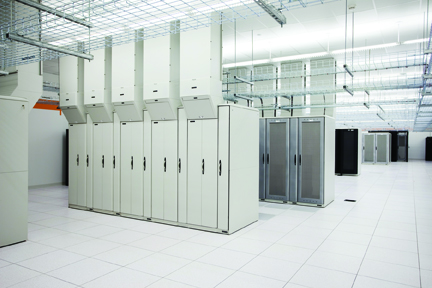
The U.S. Green Building Council is drafting its first set of standards for data-center projects as the growing sector has struggled to meet energy-efficiency benchmarks.
The U.S. data-center construction market increased to about $15 billion today from about $5 billion in 2000. According to a study commissioned by computer software giant Microsoft, that number is expected to increase to $20 billion by 2020. But the amount of energy and uptime required to power the facilities has made it difficult for data centers to achieve LEED certification.
"We started to realize that there was this project type that was growing in the industry while not growing on our list of certified projects," says Corey Enck, director of LEED technical development with the USGBC. "There was a big disconnect that we felt could be addressed."
The data-center requirements, which will go into effect in November as part of USGBC's updated LEED 2012 standards, will require two systems to be modeled for each project in order to show its power utilization effectiveness: one for the building's actual energy costs and another solely for its IT energy costs. Combined building and IT energy use must be 10% below the current ASHRAE 90.1-2010 baseline, and a 30% savings from the facility's non-process load is required.
"They're instituting more of a monitoring and testing-based certification as opposed to a standard benchmark certification," says Terence Deneny, vice president of New York City-based Structure Tone Mission Critical, which has built a number of data centers.
Deneny said the increasing density of computing infrastructure makes it important for the industry to discover how to save energy. "This is a sector looking for some direction in terms of sustainability," Deneny says. "I don't think there's a way to reduce the energy required to power a data center, but there is a way to design and operate a facility where you make the most effective use of that energy."


Post a comment to this article
Report Abusive Comment